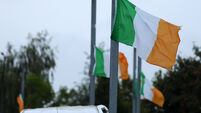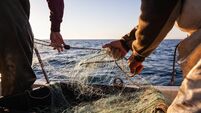Cork spy files shed light on killings during War of Independence

THE Cork Spy Files have for the first time shed some light on one of the darkest periods of Irish history and reveal the true extent of the violence during the War of Independence in Cork.
The research project, headed by Dr Andy Bielenberg, senior lecturer in history at UCC, and James S Donnelly Jr, emeritus professor of history at the University of Wisconsin-Madison, and in partnership with the Irish Examiner, chronicles the killings of 78 suspected British spies at the hands of the IRA during the War of Independence.
















